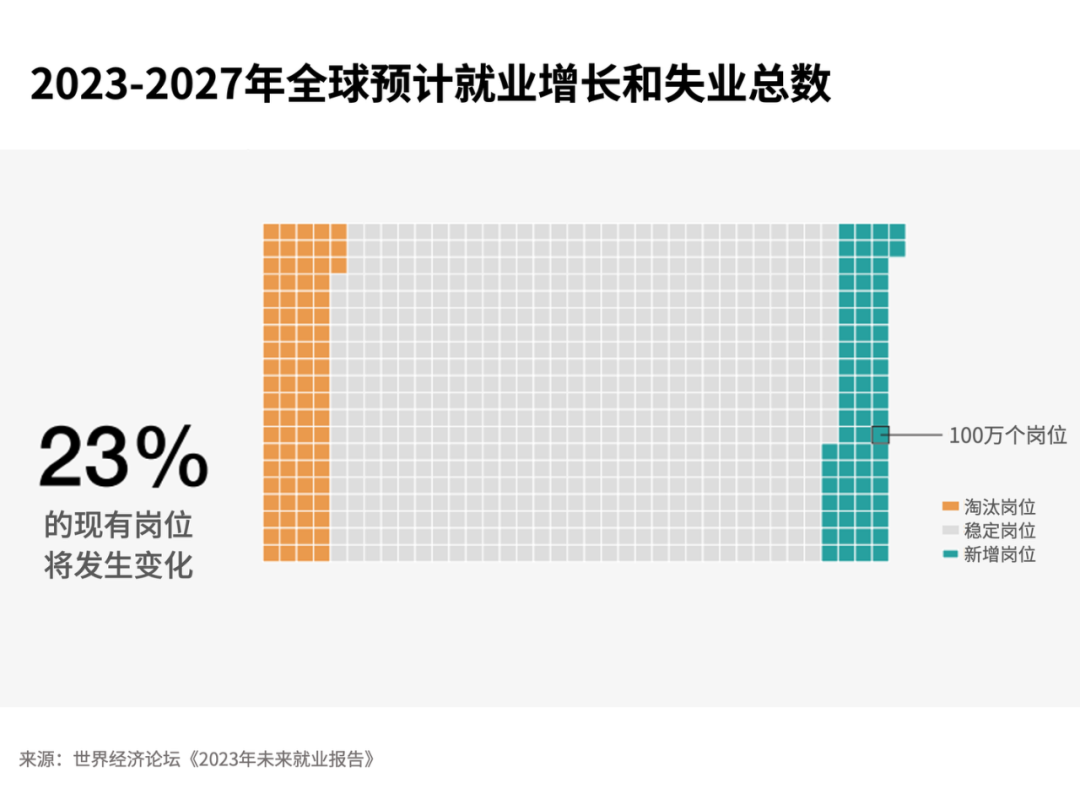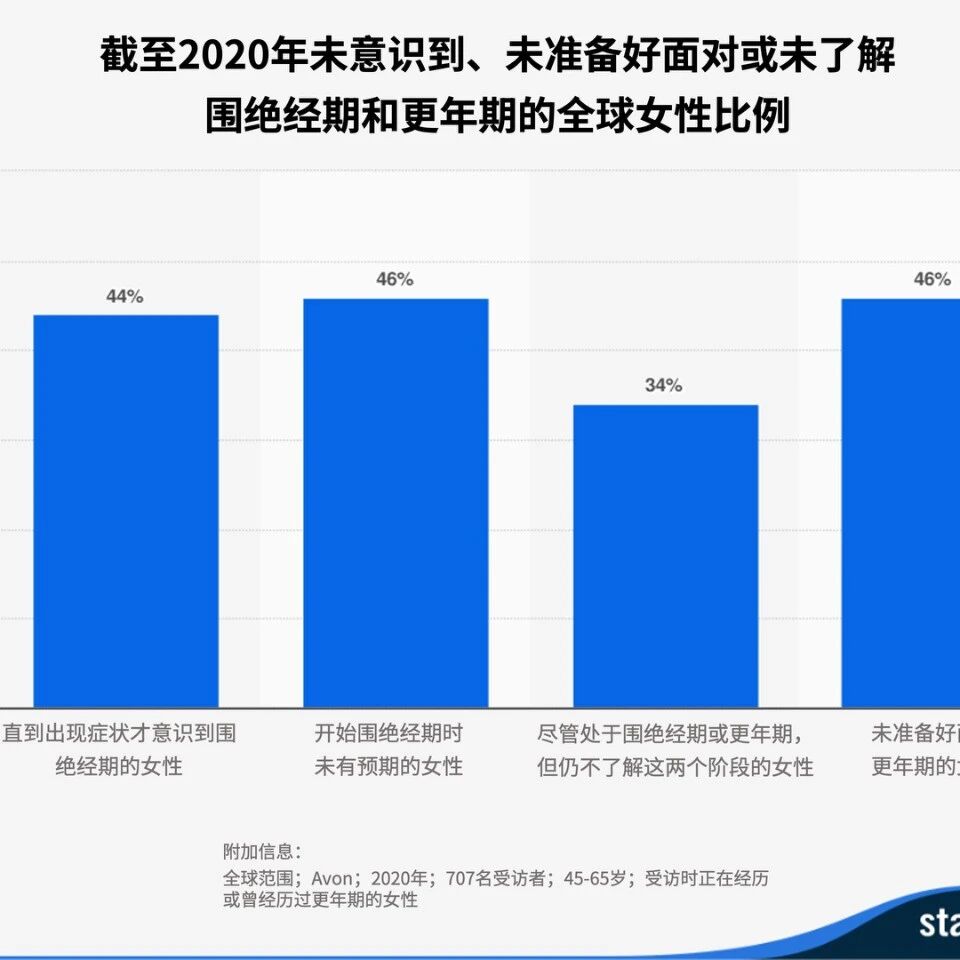According to research from the World Economic Forum, by 2027, technology and automation will transform 23% of jobs in the digital future.
Image source:Unsplash/Unseen Studio
Simon Torkington
Senior Writer for the Forum Agenda
One-quarter of the global workforce needs to update their skills to keep pace with the digital economy.
Businesses and employees need to develop clear strategies to smoothly navigate the transition in the workplace.
The World Economic Forum's "Unlocking Opportunities" report provides a detailed framework for workforce transformation.
Advanced technologies like AI and machine learning are transforming the world at an unprecedented pace. As these changes accelerate, the future of work is undergoing a fundamental shift—making the ability to adapt to new roles more critical than ever before.Research from the World Economic Forum indicates that by 2027, technology and automation will transform 23% of jobs, while also creating an estimated 69 million new positions—though this will come at the expense of eliminating 83 million existing roles.Nearly one-quarter of employees worldwide face the challenge of acquiring the skills needed to thrive in an increasingly digital global economy.Technology is expected to create 69 million new jobs while eliminating 83 million existing ones.
Image source:World Economic Forum
To help businesses and employees adapt to the future of work, the World Economic Forum’s report, "Unlocking Opportunities," outlines four key principles for achieving success in the digital economy.Here is the transformation guidance framework.1. Retrain and upskill to seize new opportunitiesLive and learn. To keep pace with today's job market, employees need continuous learning and retraining. It’s estimated that 44% of job skills will evolve within the next five years, making lifelong learning a necessity for both individuals and businesses alike.For example, Japan’s Randstad Boot Camp training program offers intensive courses to employees in non-technical fields, equipping them with the skills needed to transition into high-demand digital roles. By combining hands-on experience with digital skill development, the program prepares participants for IT and other tech-oriented positions, effectively closing significant skill gaps while fostering career advancement.2. Enhancing the alignment between employees and employersAs the job market evolves, the relationship between employees and employers must also adapt. Flexible work arrangements and alternative employment models—such as remote work and gig-based roles—enable companies to tap into a broader talent pool, while allowing employees to find positions that better align with their personal needs and preferences.In Indonesia, the government’s SMK-PK program—Skills Development Centers at Vocational Secondary Schools—aims to better align skills training with market demands, revitalizing vocational education. By fostering strong connections between industry and educators, students gain relevant skills and are better prepared to transition smoothly into high-demand job roles. Strengthening the match between employees and employers not only helps reduce unemployment rates but also enhances overall job satisfaction.3. Employee Safety NetworkWork transitions don’t always go smoothly, which is why robust employee protection measures are essential. Governments and businesses must collaborate to create a safety net that helps ease the burden of job displacement. Such protections could include unemployment insurance, severance packages, or labor laws designed to prevent unfair layoffs.Germany is a great example. The country proactively took steps toward its energy transition, ensuring that laid-off workers from the coal industry received support. By launching retraining programs and assisting employees in finding new jobs, Germany successfully mitigated the impact of this massive industrial shift, giving workers the opportunity to move into stable, future-proof careers aligned with emerging trends.4. Stakeholder Collaboration to Break Down Industry BarriersSome of the most effective workforce transformations occur when industries collaborate. By pooling resources, sharing training programs, and forging cross-sector partnerships, companies can ensure their employees are ready for new roles—whether in their current field or in entirely different areas.In South Africa, the Skills Initiative for Africa (SIFA) brings together government, educational institutions, and industry stakeholders to empower young employees by fostering the development of technical skills. This collaborative, multi-stakeholder approach not only helps reduce unemployment but also contributes to building a more adaptable workforce—equipped and ready to thrive in an ever-evolving economy.The World Economic Forum's "Unlocking Opportunities" framework outlines a clear path forward for both employees and employers to navigate the evolving job market.By continuously learning, improving job-match alignment, ensuring robust employee protection measures, and strengthening collaboration, we can build a resilient workforce capable of meeting future demands.As industries continue to evolve, these strategies will play a critical role in helping employees secure stable, high-value positions in growing sectors.The above content solely represents the author's personal views.This article is translated from the World Economic Forum's Agenda blog; the Chinese version is for reference purposes only.Feel free to share this in your WeChat Moments—please leave a comment below if you’d like to republish.
Translated by: Di Chenjing | Edited by: Wang Can
The World Economic Forum is an independent and neutral platform dedicated to bringing together diverse perspectives to discuss critical global, regional, and industry-specific issues.
Follow us on Weibo, WeChat Video Channels, Douyin, and Xiaohongshu!
"World Economic Forum"






